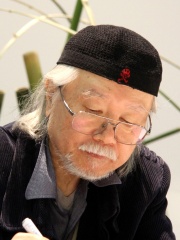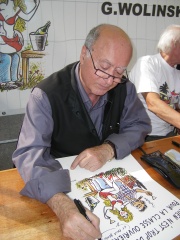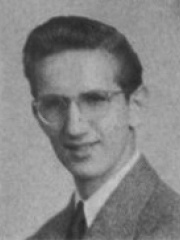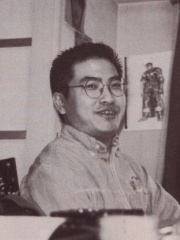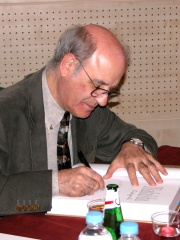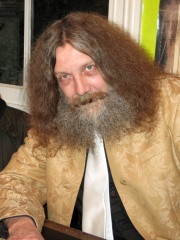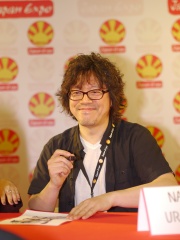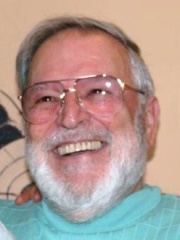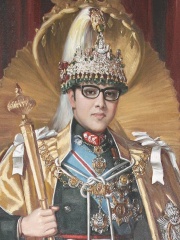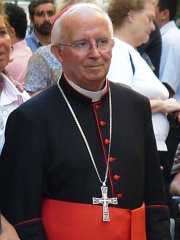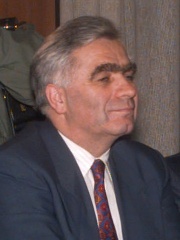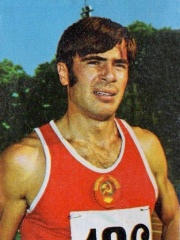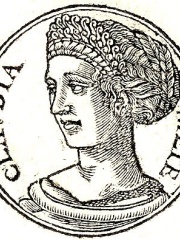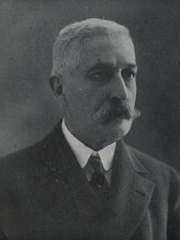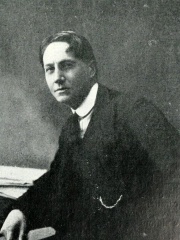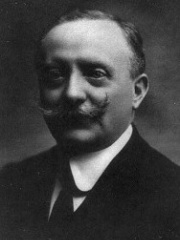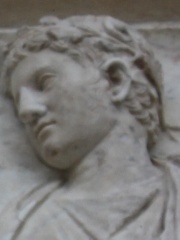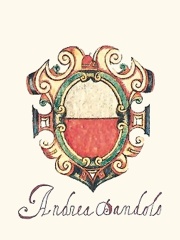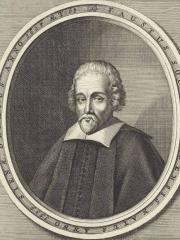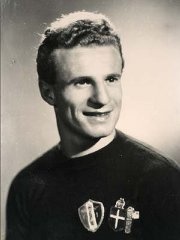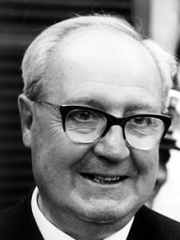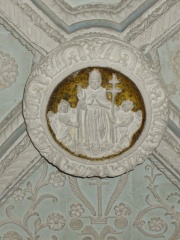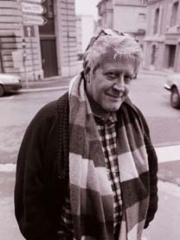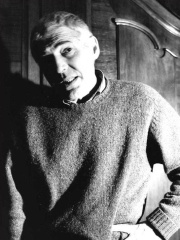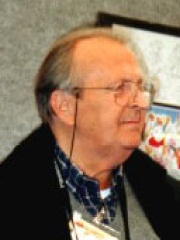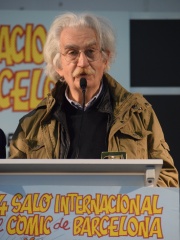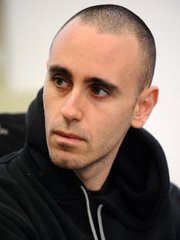COMIC ARTIST
Milo Manara
1945 - Today
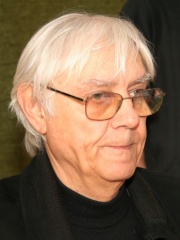
 Milo Manara
Milo Manara
Maurilio Manara (; born 12 September 1945), known professionally as Milo Manara, is an Italian comic book writer and artist. Read more on Wikipedia
His biography is available in 24 different languages on Wikipedia. Milo Manara is the 29th most popular comic artist (down from 22nd in 2024), the 1,490th most popular biography from Italy (down from 1,315th in 2019) and the 2nd most popular Italian Comic Artist.
Memorability Metrics
Page views of Milo Manara by language
Among COMIC ARTISTS
Among comic artists, Milo Manara ranks 29 out of 226. Before him are Go Nagai, Leiji Matsumoto, Joe Simon, Georges Wolinski, Steve Ditko, and Kentaro Miura. After him are Quino, Alan Moore, Eiichiro Oda, Naoki Urasawa, Hirohiko Araki, and John Romita Sr..
Most Popular Comic Artists in Wikipedia
Go to all RankingsGo Nagai
1945 - Present
HPI: 66.79
Rank: 23
Leiji Matsumoto
1938 - 2023
HPI: 66.55
Rank: 24
Joe Simon
1913 - 2011
HPI: 66.39
Rank: 25
Georges Wolinski
1934 - 2015
HPI: 66.28
Rank: 26
Steve Ditko
1927 - 2018
HPI: 66.11
Rank: 27
Kentaro Miura
1966 - 2021
HPI: 66.02
Rank: 28
Milo Manara
1945 - Present
HPI: 66.02
Rank: 29
Quino
1932 - 2020
HPI: 65.37
Rank: 30
Alan Moore
1953 - Present
HPI: 64.94
Rank: 31
Eiichiro Oda
1975 - Present
HPI: 64.67
Rank: 32
Naoki Urasawa
1960 - Present
HPI: 64.64
Rank: 33
Hirohiko Araki
1960 - Present
HPI: 64.63
Rank: 34
John Romita Sr.
1930 - 2023
HPI: 64.38
Rank: 35
Contemporaries
Among people born in 1945, Milo Manara ranks 123. Before him are John McAfee, Kim Carnes, Anatoly Fomenko, Birendra of Nepal, Antonio Cañizares Llovera, and Jeffrey C. Hall. After him are Momčilo Krajišnik, Alain Juppé, Jeremy Rifkin, Daniel Olbrychski, Viktor Saneyev, and Graça Machel.
Others Born in 1945
Go to all RankingsJohn McAfee
BUSINESSPERSON
1945 - 2021
HPI: 66.21
Rank: 117
Kim Carnes
SINGER
1945 - Present
HPI: 66.21
Rank: 118
Anatoly Fomenko
MATHEMATICIAN
1945 - Present
HPI: 66.20
Rank: 119
Birendra of Nepal
POLITICIAN
1945 - 2001
HPI: 66.17
Rank: 120
Antonio Cañizares Llovera
RELIGIOUS FIGURE
1945 - Present
HPI: 66.14
Rank: 121
Jeffrey C. Hall
BIOLOGIST
1945 - Present
HPI: 66.04
Rank: 122
Milo Manara
COMIC ARTIST
1945 - Present
HPI: 66.02
Rank: 123
Momčilo Krajišnik
POLITICIAN
1945 - 2020
HPI: 65.95
Rank: 124
Alain Juppé
POLITICIAN
1945 - Present
HPI: 65.95
Rank: 125
Jeremy Rifkin
ECONOMIST
1945 - Present
HPI: 65.88
Rank: 126
Daniel Olbrychski
ACTOR
1945 - Present
HPI: 65.82
Rank: 127
Viktor Saneyev
ATHLETE
1945 - 2022
HPI: 65.80
Rank: 128
Graça Machel
POLITICIAN
1945 - Present
HPI: 65.78
Rank: 129
In Italy
Among people born in Italy, Milo Manara ranks 1,490 out of 5,161. Before him are Clodia Pulchra (-94), Giovanni Verga (1840), Franco Alfano (1875), Luigi Facta (1861), Lucius Domitius Ahenobarbus (-49), and Andrea Dandolo (1306). After him are Fausto Sozzini (1539), Valentino Mazzola (1919), Giuseppe Saragat (1898), Lucifer of Cagliari (201), Alessandro Nesta (1976), and Matteo Maria Boiardo (1441).
Others born in Italy
Go to all RankingsClodia Pulchra
WRITER
94 BC - 45 BC
HPI: 66.06
Rank: 1,484
Giovanni Verga
WRITER
1840 - 1922
HPI: 66.06
Rank: 1,485
Franco Alfano
COMPOSER
1875 - 1954
HPI: 66.05
Rank: 1,486
Luigi Facta
POLITICIAN
1861 - 1930
HPI: 66.04
Rank: 1,487
Lucius Domitius Ahenobarbus
POLITICIAN
49 BC - 25
HPI: 66.04
Rank: 1,488
Andrea Dandolo
POLITICIAN
1306 - 1354
HPI: 66.04
Rank: 1,489
Milo Manara
COMIC ARTIST
1945 - Present
HPI: 66.02
Rank: 1,490
Fausto Sozzini
RELIGIOUS FIGURE
1539 - 1604
HPI: 66.01
Rank: 1,491
Valentino Mazzola
SOCCER PLAYER
1919 - 1949
HPI: 66.01
Rank: 1,492
Giuseppe Saragat
POLITICIAN
1898 - 1988
HPI: 66.00
Rank: 1,493
Lucifer of Cagliari
RELIGIOUS FIGURE
201 - 371
HPI: 65.98
Rank: 1,494
Alessandro Nesta
SOCCER PLAYER
1976 - Present
HPI: 65.97
Rank: 1,495
Matteo Maria Boiardo
WRITER
1441 - 1494
HPI: 65.96
Rank: 1,496
Among COMIC ARTISTS In Italy
Among comic artists born in Italy, Milo Manara ranks 2. Before him are Hugo Pratt (1927). After him are Guido Crepax (1933), Romano Scarpa (1927), Paolo Eleuteri Serpieri (1944), Marco Rota (1942), Sergio Toppi (1932), Iginio Straffi (1965), and Zerocalcare (1983).
Hugo Pratt
1927 - 1995
HPI: 69.35
Rank: 1
Milo Manara
1945 - Present
HPI: 66.02
Rank: 2
Guido Crepax
1933 - 2003
HPI: 60.22
Rank: 3
Romano Scarpa
1927 - 2005
HPI: 59.06
Rank: 4
Paolo Eleuteri Serpieri
1944 - Present
HPI: 57.84
Rank: 5
Marco Rota
1942 - Present
HPI: 56.74
Rank: 6
Sergio Toppi
1932 - 2012
HPI: 56.68
Rank: 7
Iginio Straffi
1965 - Present
HPI: 55.62
Rank: 8
Zerocalcare
1983 - Present
HPI: 45.87
Rank: 9

